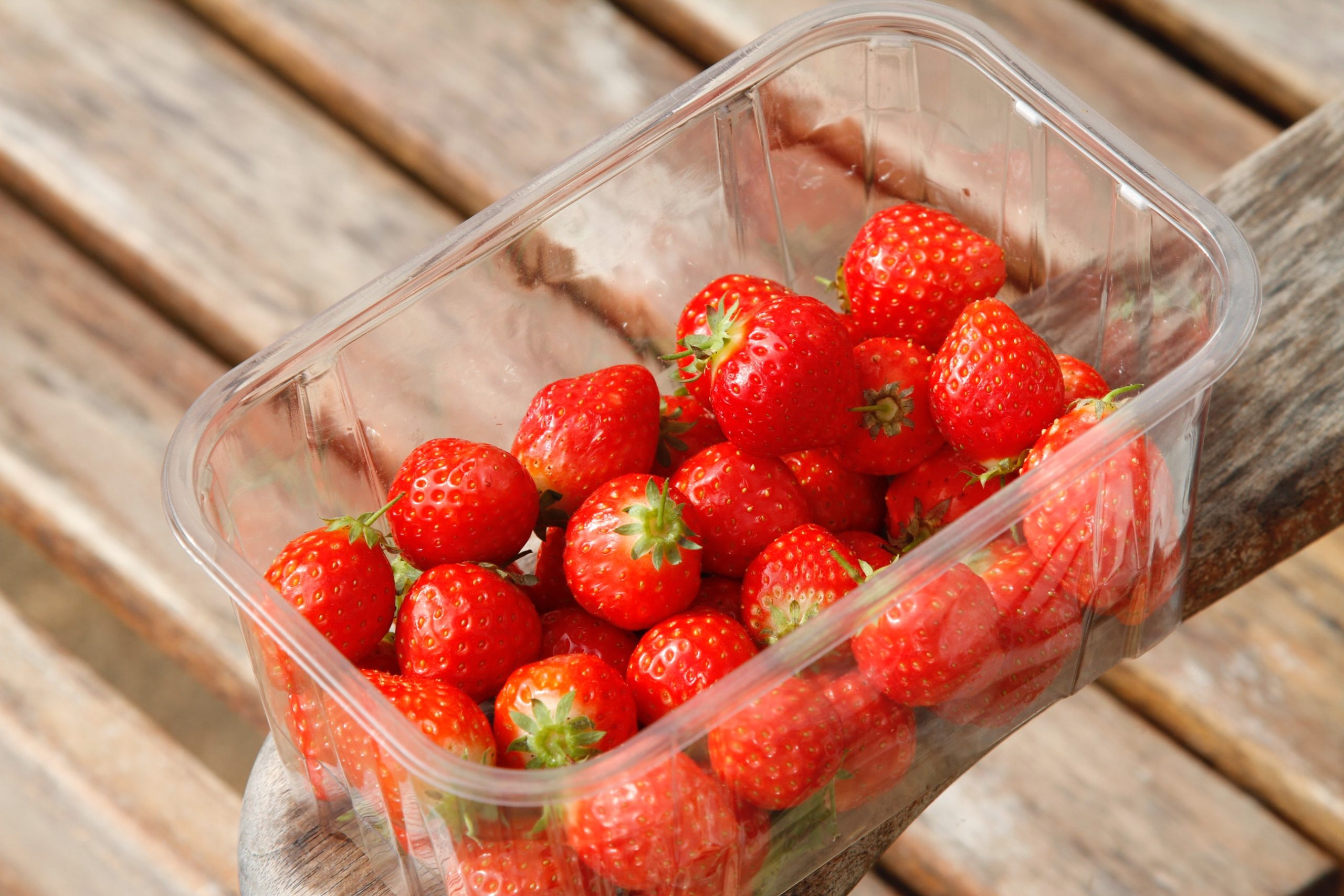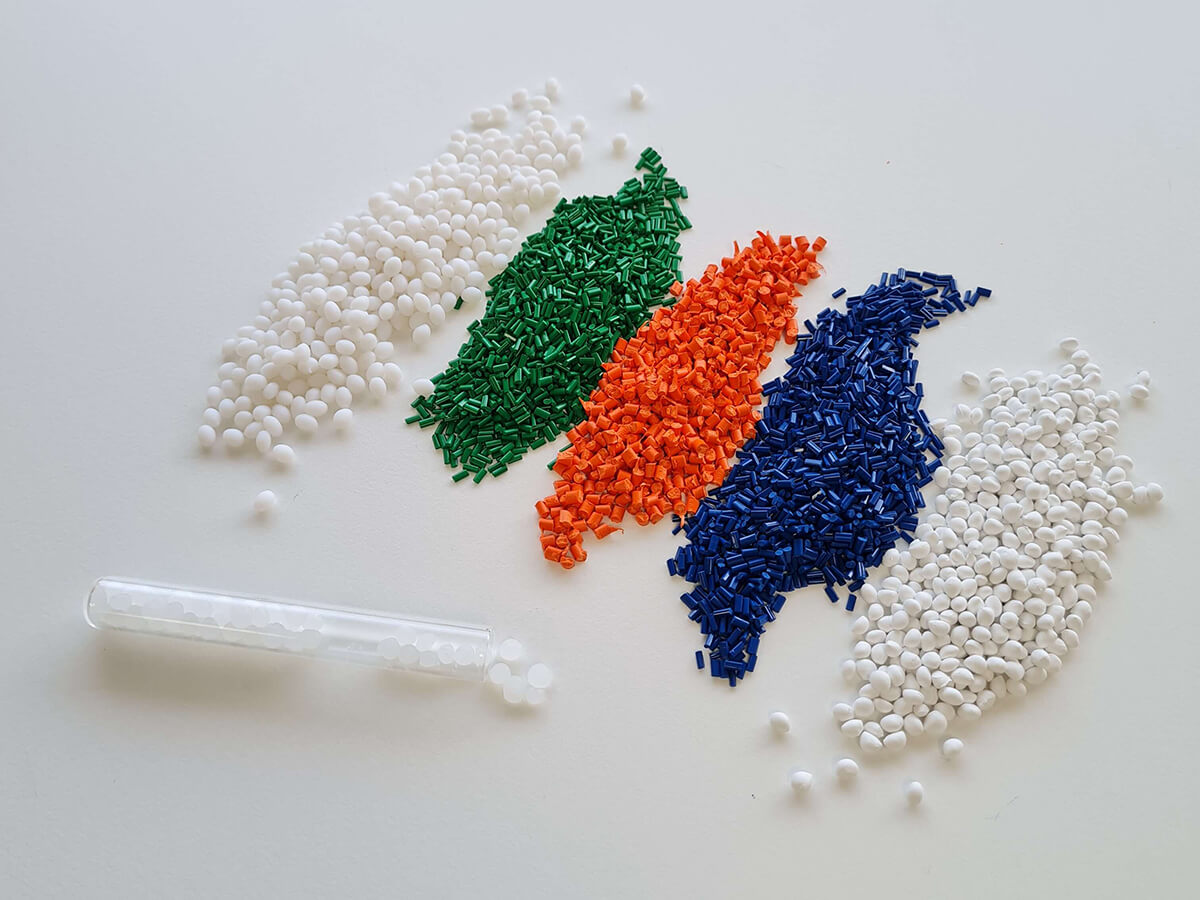
Biodegradable plastics: discover the different applications used from bioplastics
The plastics sector is undergoing a revolution. If there is a clear trend in this industry, it is the search for more sustainable materials for the manufacture of biodegradable products.
Many companies and enterprises have taken up the challenge of reducing the use of conventional plastic and replacing it with more environmentally responsible alternatives. And, although in many applications it is hard to believe that conventional plastic can be replaced, there are many products that could be manufactured in a more eco-friendly way.
Plastics account for 14% of our waste and innovation plays an essential role in tackling this environmental problem.
Thanks to the investment in R&D by the plastics industry, biodegradable plastics are increasingly present in our daily lives. Today, this type of material already provides the real possibility of manufacturing sustainable products with conventional machinery.
Why should we opt for biodegradable plastics?
There are many reasons to look for sustainable alternatives and reduce the generation of waste caused by plastic. More than 80% of the garbage we find in the sea is plastic, according to the European Commission.
The fact of using biodegradable materials would be great advance in the amount of waste we generate, since the products manufactured in this type of materials would end up disappearing from our planet without leaving remains of contamination or microplastics.
Recommended reading: How to star using biodegradable products in your business
Main applications from biodegradable plastics
There are many products and applications that can be made from biodegradable plastics.
Experience shows us that nothing is indispensable and that even in many products that we would never have imagined, plastic can be eliminated or, at least, reduced to a minimum. These are some of them.
Main products made from biodegradable plastics in the food packaging sector
The percentage of total plastic produced for the packaging industry is around 39%, which means 20.4 million tons of this type of material per year.
For this reason, there is great scope for the manufacture of products with biodegradable plastics.
Bottles
Depending on the product to be packaged, plastic bottles can be replaced by biodegradable materials. By means of injection blowing or extrusion blowing, compostable or biodegradable bottles of different types can be manufactured: transparent, opaque, of different capacities… These types of bottles can be used in different industries such as food, nutraceuticals, etc.
Food containers and trays
Food trays made by thermoforming are often difficult to recycle because they contain food waste. If these trays are made of biodegradable materials, it would be possible to dispose of the container (the tray) and the contents (the food) alltogether in the organic garbage can.
Another example can be trays for pastries and confectionery. These are perishable products and the trays contain food waste such as cream or chocolate. The compostable option here would represent a good application of biodegradable products.

Bags for fruit and vegetables
As we can see in supermarkets, fruit and vegetable bags should be made of more sustainable materials. In this case, with compostable materials. These bags have a triple use:
- They allow us to transport food from the supermarket to our home
- We can use the bag to store food and thus improve its preservation
- We can reuse the biodegradable bag to collect organic waste and dispose it in the brown organic bin
Garbage bags
It would be appropriate if garbage bags being deposited in the organic bin would also be compostable. This way, the bag and the organic waste (food scraps, prunings, etc.) are managed the same way in a composting plant.
In other words, by using a compostable garbage bag for the organic bin, we eliminate the need to separate the bag from the rest of the waste.
Coffee capsules
Coffee accounts for 80% of this product and is also organic waste. The capsules should be compostable and managed through the brown bin to avoid losing the coffee residues that are organic matter.
Packaging
Biodegradable plastics offer a wide range of possibilities for manufacturing all types of packaging either by blown extrusion molding or flat sheet extrusion (known as “cast”).
Due to R&D on biodegradable plastics, this family of materials increasingly offers a better response to the needs of many packaging applications. Examples include printability, barrier enhancements, material flexibility, food contact…
Thys type of packaging can be suitable for different sectors such as industrial, food, cosmetics…
Los plásticos biodegradables ofrecen un amplio abanico de posibilidades para fabricar todo tipo de embalajes ya sea por extrusión soplado o por extrusión de lámina plana (conocido como “cast”).
Main biodegradable products in the agricultural sector
In the agricultural industry it is necessary to think about where all used products will end up. It is interesting to think about the idea that, when using compostable products that comply with the UNE EN 13432 standard, these should be deposited together with the rest of the residues from plantations and crops in a composting plant.
- Do you have any doubts about this standard? We leave you here a post with everything you need to know about the EN 13432 standard.
The main applications of biodegradable plastics in the agricultural sector are the following:
Biodegradable mulch on the ground
As these are inner films of 20 microns, they are expensive to recycle, which often makes them unfeasible. By using soil compostable mulch, (i.e., that degrades in the soil), we would avoid having to collect the waste, since it would disappear in a few months without leaving microplastic residues.
Clips y tutors
We would also avoid having to collect them and as they biodegrade into compost, CO2 and water, we would generate good quality compost.
Trends and innovation in biodegradable products
It is estimated that approximately 40% of our waste in organic matter. Plastic, on the other hand, accounts for about 14%. If both elements could be composted, a very large percentage of our waste could be used to generate compost.
This data is generating a revolution in the plastics industry and is leading to a great investment in innovation and development to improve the properties of biodegradable materials.
ZIMIA: cutting-edge technology and development
Prime Biopolymers has developed ZIMIA, compostable bioplastics grades for the manufacture of biodegradable products. Through these materials, we can replace many applications of conventional plastic and thus achieve a more environmentally responsible economic model.
These bioplastic grades have been designed four use in conventional machinery and for the mass production of biodegradable products on an industrial scale.
ZIMIA bioplastic grades are of bio origin, so in addition to biodegrading, they come from renewable sources such as sugar cane or sugar beet.









